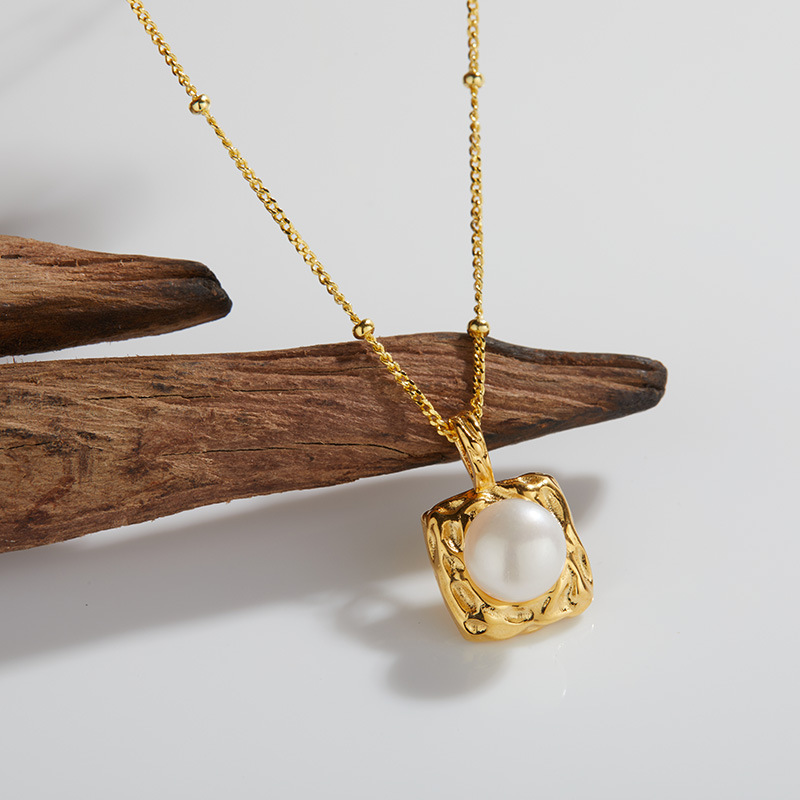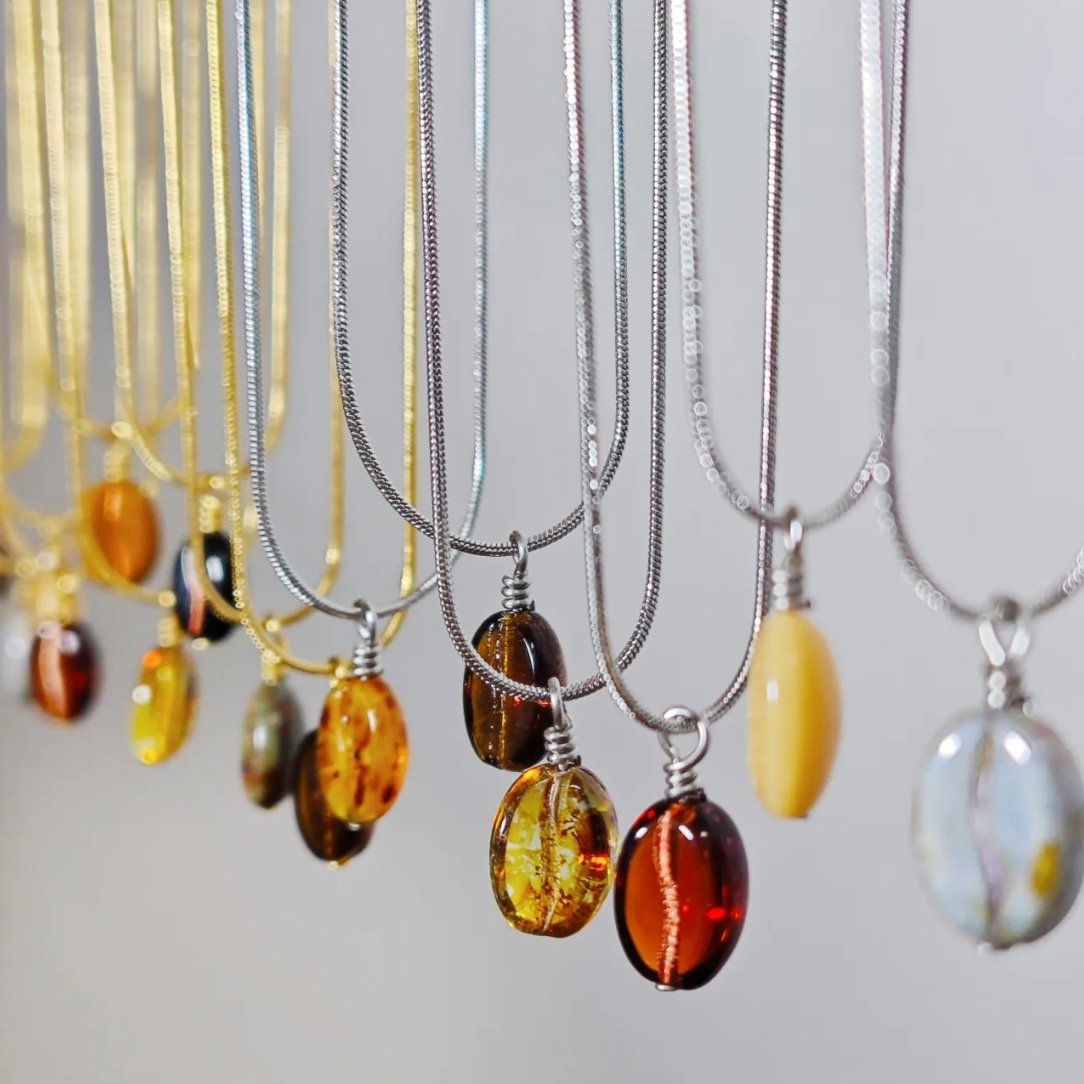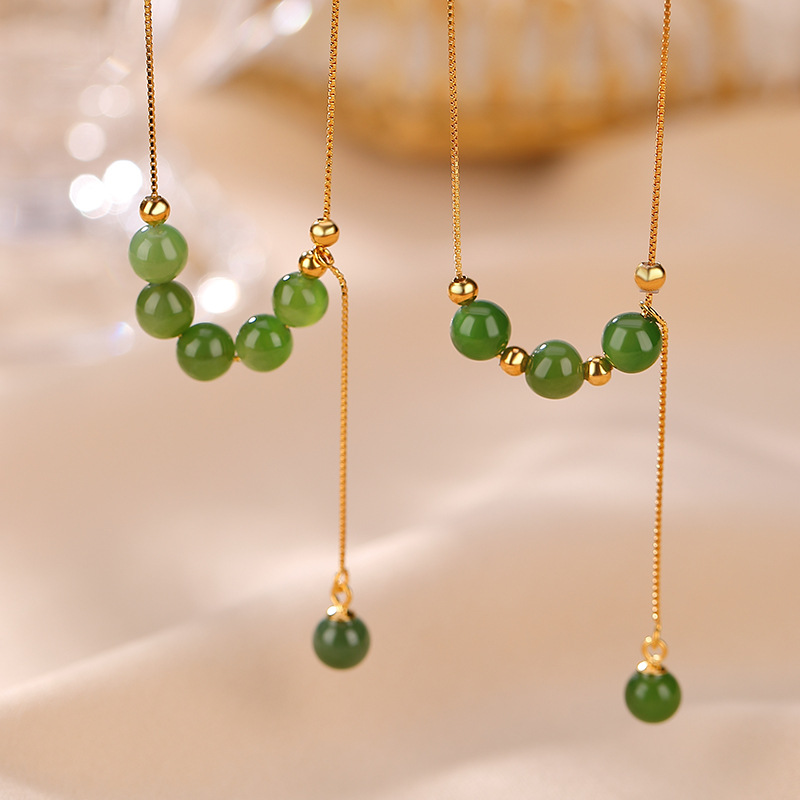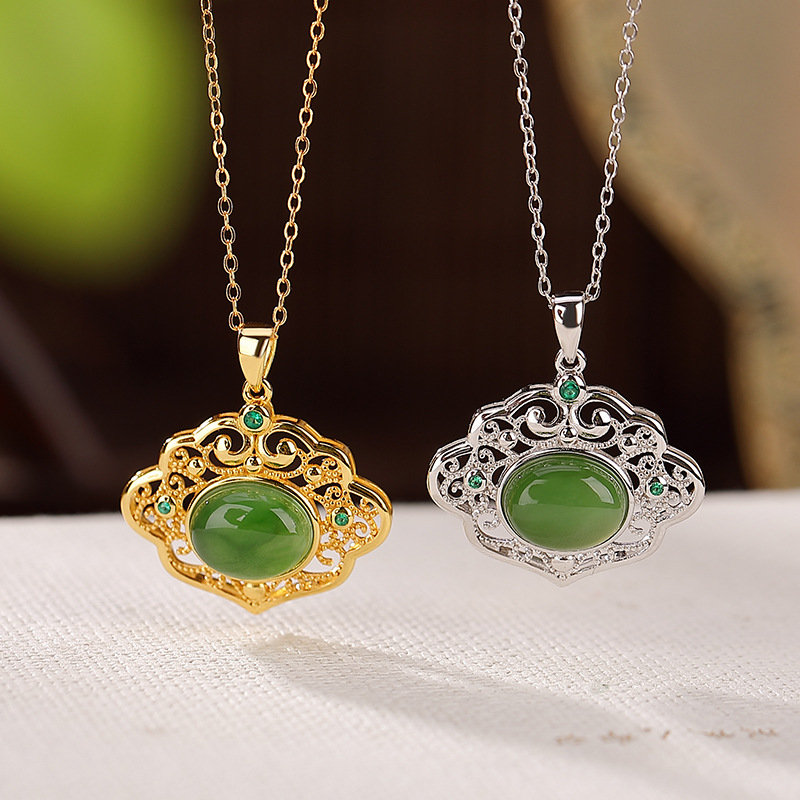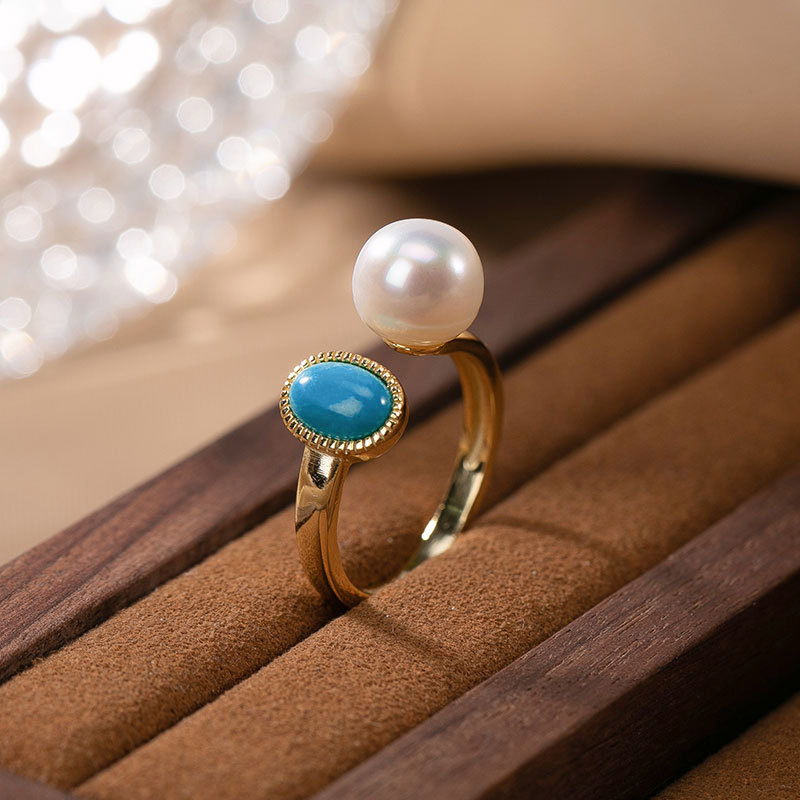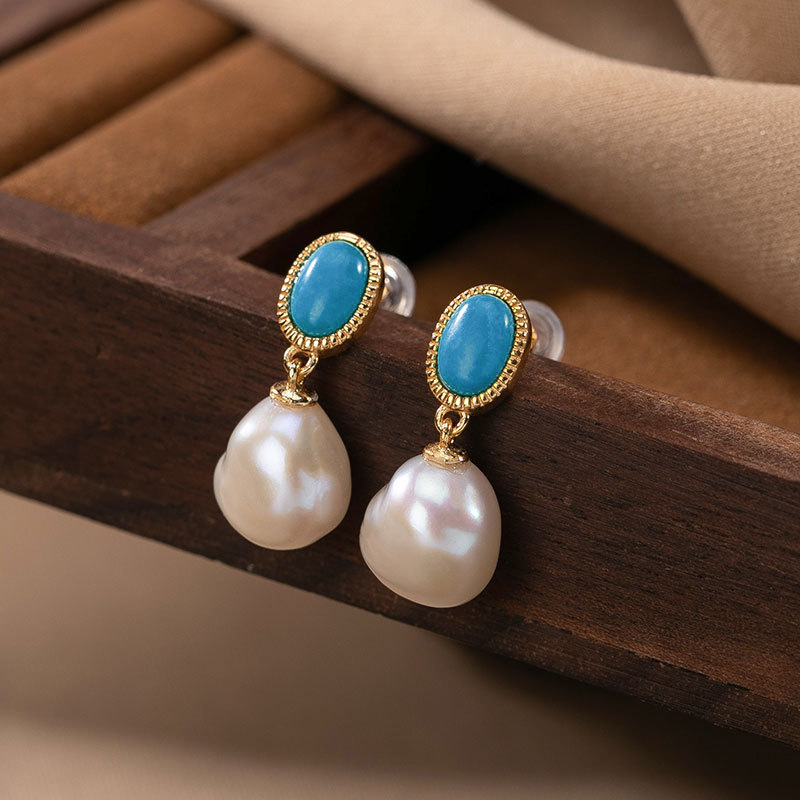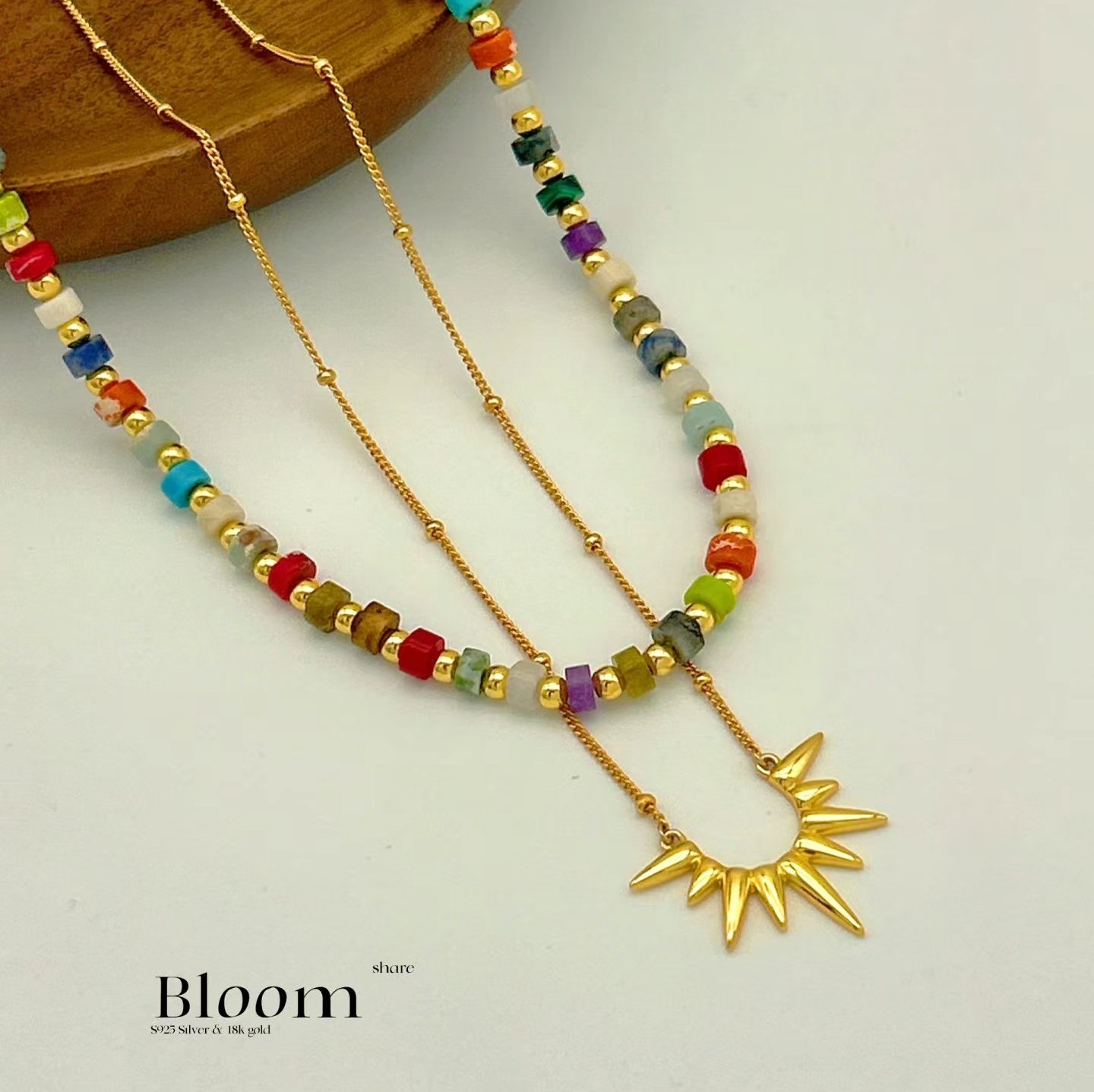
Table of Contents
Necklaces come in a variety of styles, each with unique characteristics and appeal. Here’s an overview of the different types of necklace styles that cater to various tastes, occasions, and fashion preferences:
Choker:
- Sits tightly around the neck, typically just above the collarbone.
- Can be made of various materials like leather, velvet, metal, or beads.
- Offers both a classic and modern aesthetic, suitable for casual and formal wear.
Pendant Necklace:
- Features a decorative piece or charm hanging from a chain or cord.
- The pendant can be anything from a simple design to a more elaborate one, including lockets, religious symbols, or birthstones.
- Allows for personalization and can be worn at different lengths.
Statement Necklace:
- Bold and eye-catching, often large and elaborate.
- Made with various materials like gemstones, crystals, beads, and metals.
- Designed to make a statement, these necklaces are best for special occasions or as a focal point in an outfit.
Layered Necklace:
- Involves wearing multiple necklaces of varying lengths simultaneously.
- Creates a trendy and dynamic look, allowing for versatility and customization.
- Works well with a mix of pendants, chain styles, and materials.
Chain Necklace:
- Comprises interconnected metal links, with a variety of styles such as cable chains, rope chains, and curb chains.
- Can be worn alone for a simple look or with pendants for added interest.
- Offers a timeless and versatile design, suitable for all genders.
Lariat Necklace:
- A long necklace without a traditional clasp, often looped or knotted in various ways.
- Has adjustable ends, providing flexibility in styling.
- Ideal for adding a modern twist to an outfit.
Bib Necklace:
- Covers a substantial portion of the upper chest, resembling a bib.
- Usually wide and decorative, with intricate designs and multiple layers of beads or stones.
- Suitable for formal events and as a statement piece.
Collar Necklace:
- Sits on the collarbone or just below, typically wider than a choker.
- Can be rigid or flexible and often features bold designs.
- Offers a more structured and dramatic look.
Locket Necklace:
- A type of pendant necklace with a small compartment that opens to store photographs or other sentimental items.
- Often holds personal significance and can be a cherished keepsake.
- Combines elegance with a touch of nostalgia.
Torsade Necklace:
- Consists of multiple strands of beads or chains twisted together to create a textured appearance.
- Offers a mix of elegance and creativity, suitable for both casual and formal wear.
- Adds visual interest and volume to an outfit.
Tennis Necklace:
- Similar to a tennis bracelet, featuring a continuous line of gemstones, typically diamonds, set in metal.
- A luxurious and elegant style, ideal for formal occasions or as a high-end accessory.
- Commonly used for special events or as a symbol of luxury.
Matinee Necklace:
- Longer than standard necklaces, typically around 20 to 24 inches.
- Provides a more formal look, often worn with business attire or evening wear.
- Offers a balance between elegance and versatility.
Opera Necklace:
- Typically between 26 and 36 inches in length, offering flexibility in styling.
- Can be worn as a single long strand or doubled up for a layered effect.
- Adds elegance to evening outfits and is suitable for formal occasions.
Rope Necklace:
- Longer than opera necklaces, generally over 36 inches.
- Can be styled in various ways, including wrapping or knotting.
- Provides a versatile and dramatic option for different occasions.
These are some of the common necklace styles, each with unique characteristics and appeal. Depending on the occasion, personal preference, or fashion trend, you can find a style that suits your taste and complements your wardrobe.
-
Product on sale
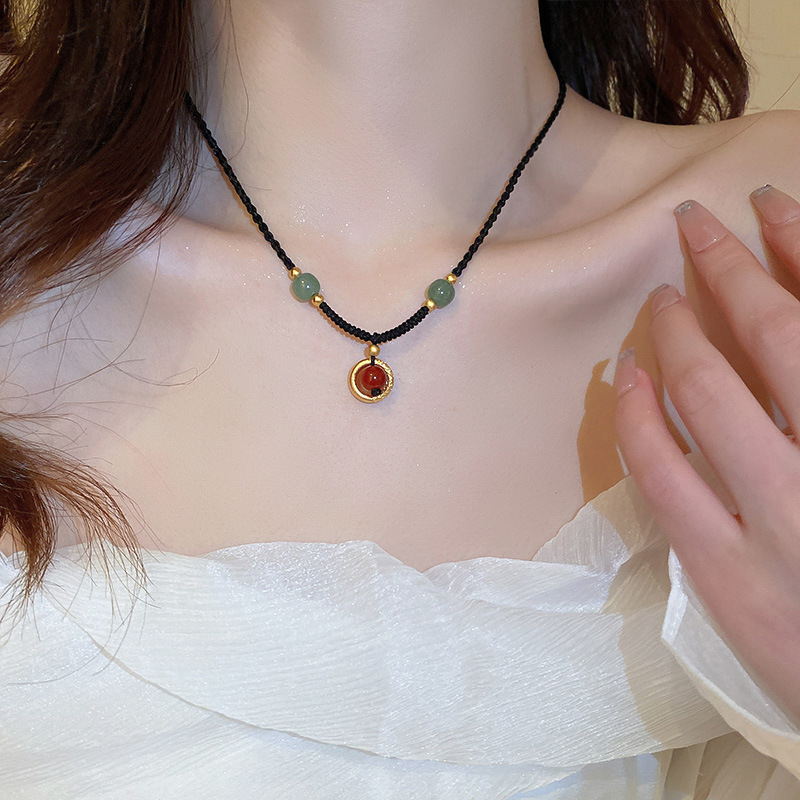 Acacia red bead black rope necklace, retro clavicle chain, fashionable and versatile for womenOriginal price was: $19.00.$10.00Current price is: $10.00.
Acacia red bead black rope necklace, retro clavicle chain, fashionable and versatile for womenOriginal price was: $19.00.$10.00Current price is: $10.00. -
Product on sale
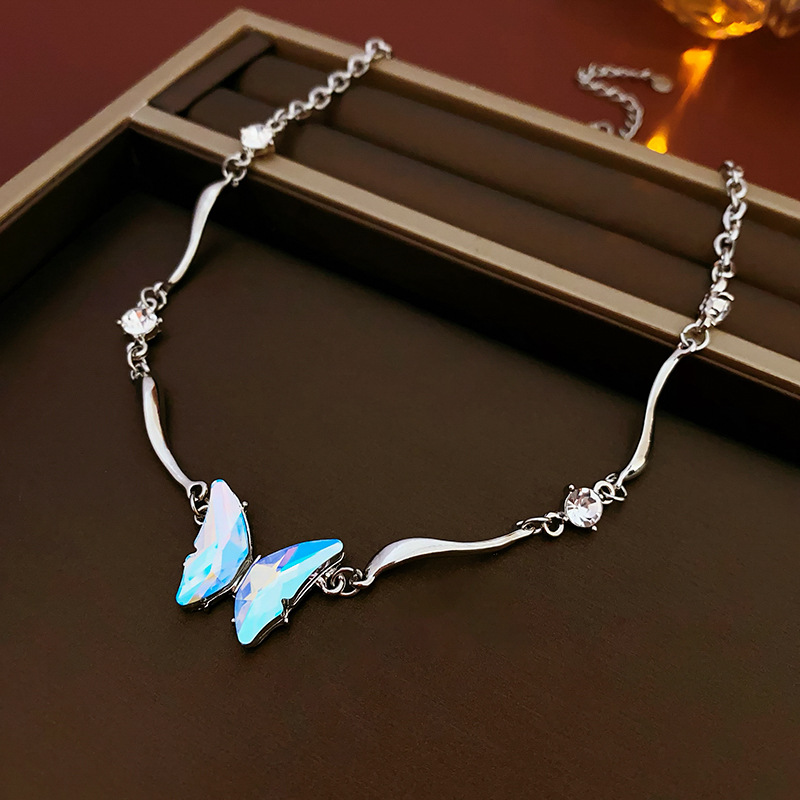 Titanium steel colorful diamond butterfly necklace, personalized and fashionable clavicle chain, light luxury and high-end necklace for womenOriginal price was: $15.00.$9.00Current price is: $9.00.
Titanium steel colorful diamond butterfly necklace, personalized and fashionable clavicle chain, light luxury and high-end necklace for womenOriginal price was: $15.00.$9.00Current price is: $9.00. -
Product on sale
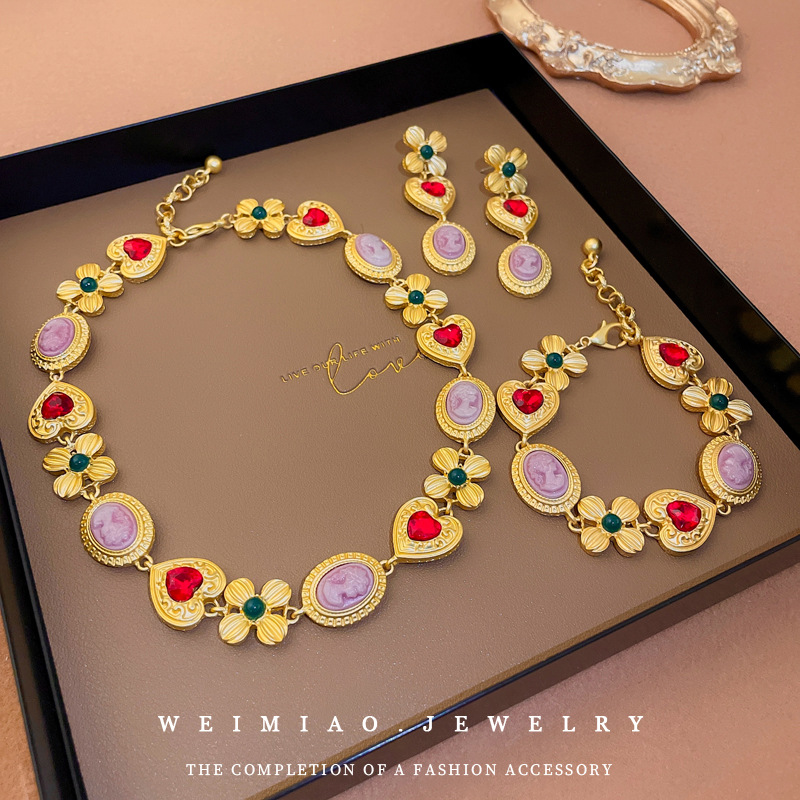 Flower portrait diamond love necklace bracelet, silver needle earrings, retro jewelry, palace style clavicle chain$9.00 – $13.90
Flower portrait diamond love necklace bracelet, silver needle earrings, retro jewelry, palace style clavicle chain$9.00 – $13.90
